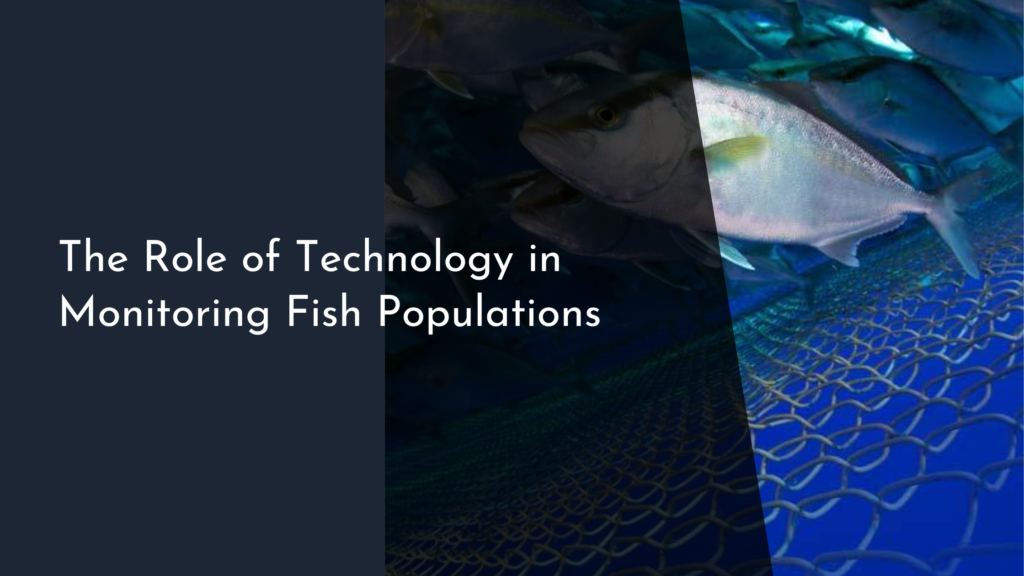Conservation Agriculture and Food Security
In a world where the global population continues to rise, ensuring food security is a paramount concern. Conservation agriculture emerges as a beacon of hope, providing sustainable methods to improve crop yields while preserving the environment. By harmonizing agricultural practices with nature’s cycles, conservation agriculture not only enhances soil health but also contributes significantly to long-term food security. This article delves into the principles of conservation agriculture, its role in food security, success stories, and how embracing these practices can pave the way for a sustainable future.
Understanding Conservation Agriculture Principles
Conservation agriculture is founded on three main principles: minimal soil disturbance, permanent soil cover, and crop rotation. By reducing soil disturbance through no-till or minimal tillage practices, the soil structure is preserved, leading to improved water retention and reduced erosion. Permanent soil cover involves using cover crops or organic mulches to protect the soil, enhance biodiversity, and reduce the impact of rainfall. Crop rotation, on the other hand, involves alternating the types of crops grown in a particular area across different seasons or years, which helps in breaking pest and disease cycles and improving soil fertility.
These principles work synergistically to create a more resilient agricultural system. Minimal soil disturbance reduces the breakdown of soil organic matter and allows beneficial microorganisms to thrive. The permanent cover keeps the soil temperature regulated and prevents nutrient leaching. Meanwhile, crop rotation ensures that different nutrients are used and replenished, maintaining a balanced soil nutrient profile. Together, these principles form a robust framework for sustainable farming that addresses both agricultural productivity and environmental health.
The Role of Conservation Practices in Food Security
Conservation agriculture plays a crucial role in food security by promoting sustainable food production systems that are resilient to climate change. These practices contribute to increased crop yields and improved resilience to natural disasters, such as droughts and floods, thereby ensuring stable food supplies. By enhancing soil health and fertility, conservation agriculture supports the consistent production of nutritious crops, which is essential for meeting the dietary needs of growing populations.
Moreover, conservation agriculture helps smallholder farmers to reduce input costs by decreasing the need for chemical fertilizers and pesticides. This cost-effectiveness allows farmers to invest more in their practices and livelihoods, further boosting food security. As these sustainable methods gain traction, they have the potential to transform agricultural landscapes, leading to healthier ecosystems and communities. By fostering resilience and sustainability, conservation agriculture serves as a critical component in the global quest to eradicate hunger and malnutrition.
Success Stories: Implementing Conservation Agriculture
Across the globe, numerous success stories illustrate the transformative power of conservation agriculture. In Zambia, for instance, smallholder farmers have adopted conservation practices, leading to notable increases in crop yields and soil fertility. These farmers have reported not only an improvement in their harvests but also a reduction in labor and input costs, enabling them to allocate resources more efficiently. This shift has resulted in enhanced food security and improved livelihoods for Zambian communities.
Similarly, in Brazil, the widespread adoption of conservation agriculture has contributed to significant advances in sustainable farming. Brazilian farmers have managed to increase production while preserving the Amazon rainforest and other critical ecosystems. By combining no-till practices with cover cropping and agroforestry, Brazil has become a leader in sustainable agriculture, showcasing how conservation methods can be successfully integrated into various farming systems. These success stories demonstrate the viability and benefits of conservation agriculture in diverse environmental and socio-economic contexts.
Embracing a Greener Future for Global Food Security
As the global community becomes increasingly aware of the need for sustainable agriculture, embracing conservation practices is crucial for ensuring future food security. Governments, NGOs, and farmers must collaborate to promote education and training on conservation agriculture principles, enabling wider adoption across different regions. By investing in research and development, stakeholders can refine and adapt these practices to suit various climates and soil types, ensuring their effectiveness and sustainability.
Looking ahead, embracing conservation agriculture holds the key to a greener and more secure future. By protecting natural resources and enhancing agricultural resilience, these practices promise a sustainable pathway to meet the food demands of a growing population. Through collective efforts and innovation, the global community can create a food secure world that balances productivity with environmental stewardship, ensuring prosperity for future generations.
In conclusion, conservation agriculture represents a harmonious blend of traditional wisdom and modern innovation. By focusing on soil health, biodiversity, and sustainable practices, it offers a viable solution to some of the most pressing challenges facing global agriculture today. As more success stories emerge and awareness spreads, it is imperative to continue championing conservation agriculture as a foundation for global food security. Together, we can cultivate a future where food is abundant, the environment is thriving, and communities are empowered.

